"More units of
the German fleet surrendered in Scottish waters today. A Minesweeper,
completed in Rostock only two months ago, followed a British Destroyer
(HMS
Vivien) into the Firth
of Forth. A 250 ton U-Boat surrendered at Dundee, bringing the total
surrendered or due to surrender in British or British-controlled ports
to 20.
Making what was practically her maiden voyage, the German minesweeper M
607 (800 tons), the largest enemy surface vessel to enter the Firth of
Forth since the war began, followed the British destroyer to a berth in
midstream off the Naval Base of Rosyth this morning.
On board her were four German naval captains and three pilots, who will
hand over to the British authorities information concerning the
disposition of naval forces and minefields in the Skagerrak and
Kattegat areas.
Late on Saturday evening the British destroyer left the Forth for a
rendezvous with the M 607, which was coming from Aarhus, Denmark. The
destroyer celebrates her 27th birthday on the 28th of this month, and
has seen plenty of action during the war in “E-boat Alley”.
It was expected that the German vessel would be contacted some 100
miles from Rosyth east of Aberdeen at about five o’clock on
Sunday morning, the 13 May. The destroyer crew was called to action
stations in preparation for the meeting, but there was only empty waste
of heaving sea at the rendezvous.
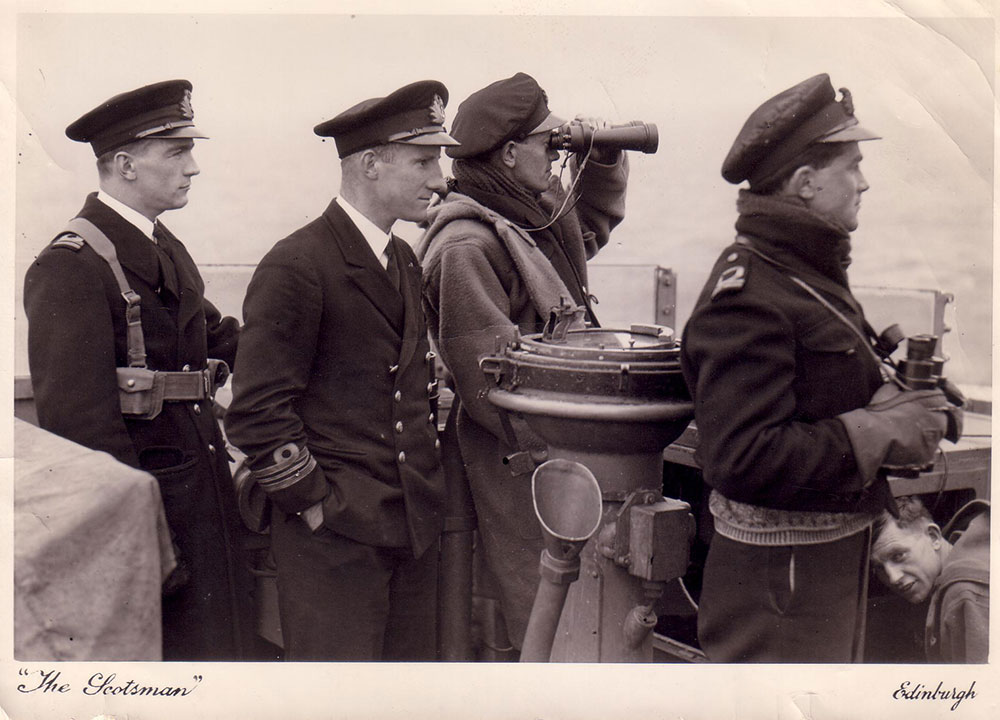 Searching for the German Minesweeper
Searching for the German Minesweeper
The officers at the rear of Vivien's bridge are the Boarding Officer, armed with a pistol, and the Navigator who will pilot M 607 into harbour
The officer in the duffel coat is probably Lt.Cdr. Stanley Martin Booker RNVR, the Captain of the Vivien, and the one in battledress Officer of the Watch
Click to view the Naval List entry for officers in April 1945
U-boat sighted
The destroyer began a search and four hours later “Action Stations” was
again sounded. A U-Boat had been sighted. With all her guns trained on
the submarine the destroyer circled her, and from the conning tower the
U-Boat skipper greeted her with an ordinary, instead of a Nazi, salute.
He asked for surrender directions, and was instructed by the commanding
officer of the destroyer to proceed to Loch Eriboll.
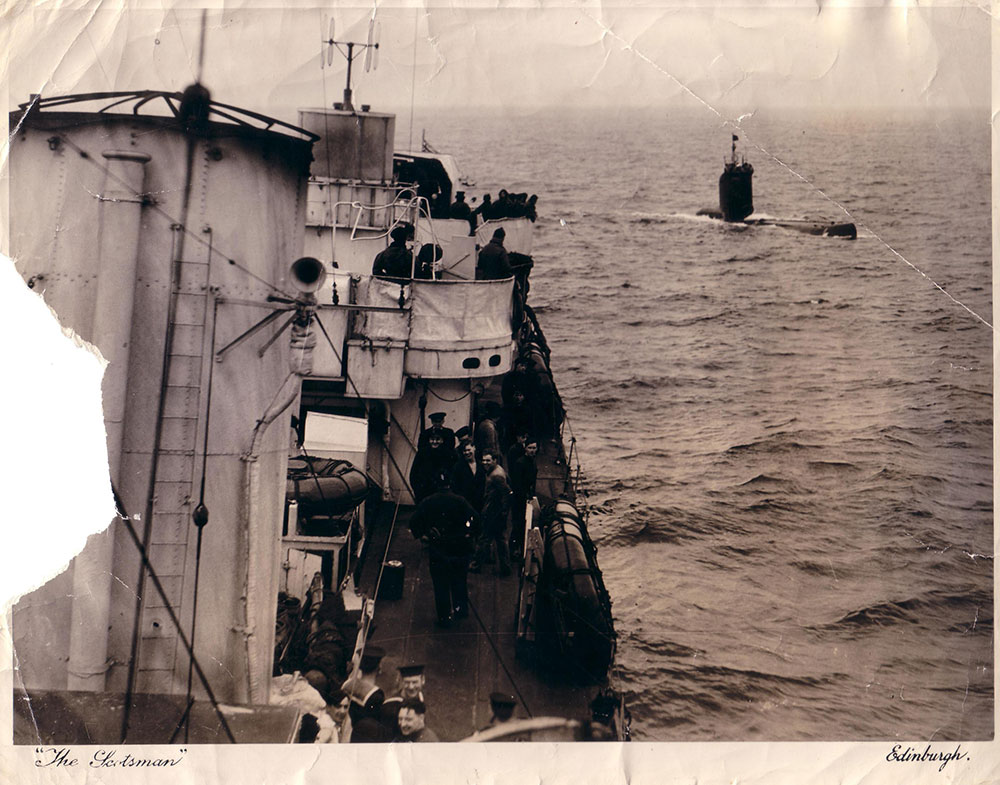 HMS Vivien circling U 2362
HMS Vivien circling U 2362
Her story is told in more detail below by her CO Karl Obst
News of the surrender was radioed back to base, and the destroyer
proceeded with the search for the enemy minesweeper. A Liberator
joined in this quest, and found the M 607, which had been lost in a
heavy fog. The location of the destroyer was passed to the Germans, and
they were ordered to join her immediately. At about one o’clock in the
afternoon the two ships met, the destroyer’s guns trained full on the
enemy.
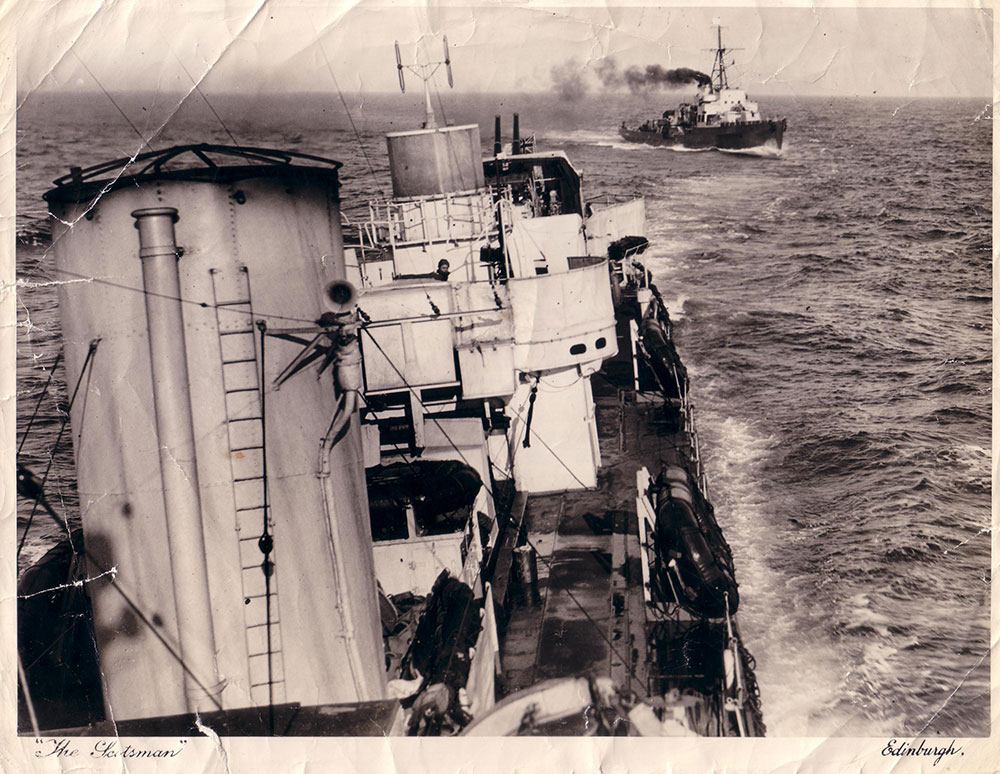 HMS Vivien turning to lead the German Minesweeper to the Forth on Sunday 13 May 1945
HMS Vivien turning to lead the German Minesweeper to the Forth on Sunday 13 May 1945
The M 607 was one of the most modern of the enemy’s minesweepers,
having been completed at Rostock only two months earlier. In addition
to a full equipment of minesweeping gear she carried two 4.1 inch guns,
two 37 mm guns, and a number of 20 mm AA cannon.
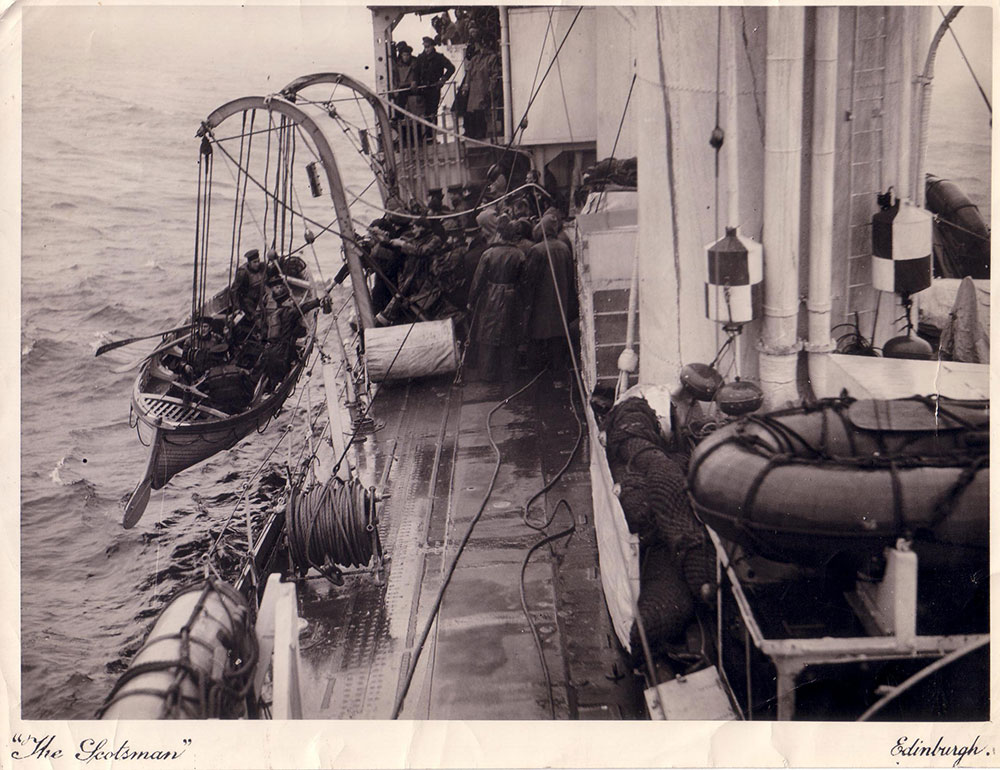 The ship's whaler transferred the boarding party to the German Minesweeper
The ship's whaler transferred the boarding party to the German Minesweeper
The boarding party under Lt D.H. Halifax included an armed escort of four men, a Yeroman of Signals, and an officer interpreter
There were two men from Blyth in HMS Vivien, Able Seaman A.W. Eddy and Seaman J.J. Cuggy
Her commander, Oberleutnant Zweig, greeted a boarding party of officers
and armed guards in excellent English. In pre-war years, Zweig had been
first officer on one of the ships running from Hamburg to America, and
wore on his breast the German Gold Cross, for minesweeping exploits in
the Channel, as well as the First and Second Class Iron Crosses, among
other decorations. The officers under him were dressed in uniforms in a
wealth of gold braid and fancy epaulettes.
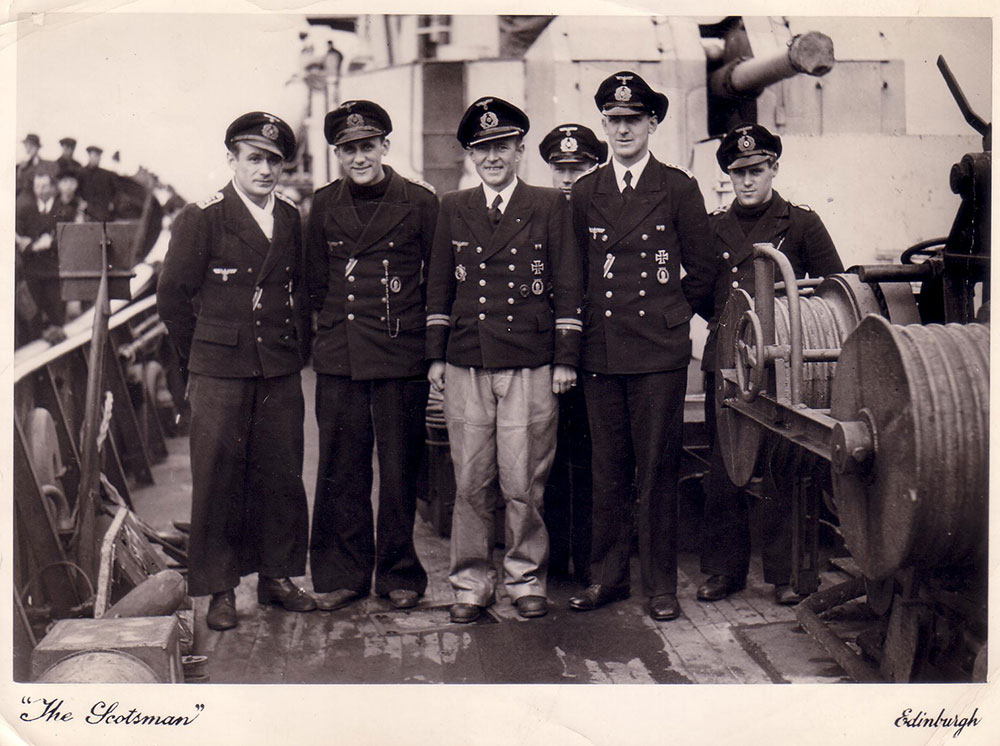 Oberleutnant Zweig in waterproof trousers (centre) with his officers on the deck of M 607
Oberleutnant Zweig in waterproof trousers (centre) with his officers on the deck of M 607
Probably taken on arrival at Rosyth
In the heavy seas that were running the M 607 was tossing high in the
water, as she had used 150 tons of coal on the way to her rendezvous,
and it was decided to proceed to quieter waters before sending the
British navigating officer onboard.
In the Forth
With the British destroyer leading, the two ships turned and laid
course for the Forth, where off May Island the transfer of the
navigating officer and his party was effected. The M 607, it was
learned, had been fully 120 miles away from the rendezvous when the
destroyer first reached there, owing to navigational difficulties amid
thick fog.
At about one o’clock this morning, the German vessel followed the
destroyer to an anchorage off Inverkeithing, and this morning proceeded
under the Forth Bridge and upstream to a berth off Rosyth, to which
base the naval captains and pilots were taken to hand over their
information.

 HMS VIVIEN
HMS VIVIEN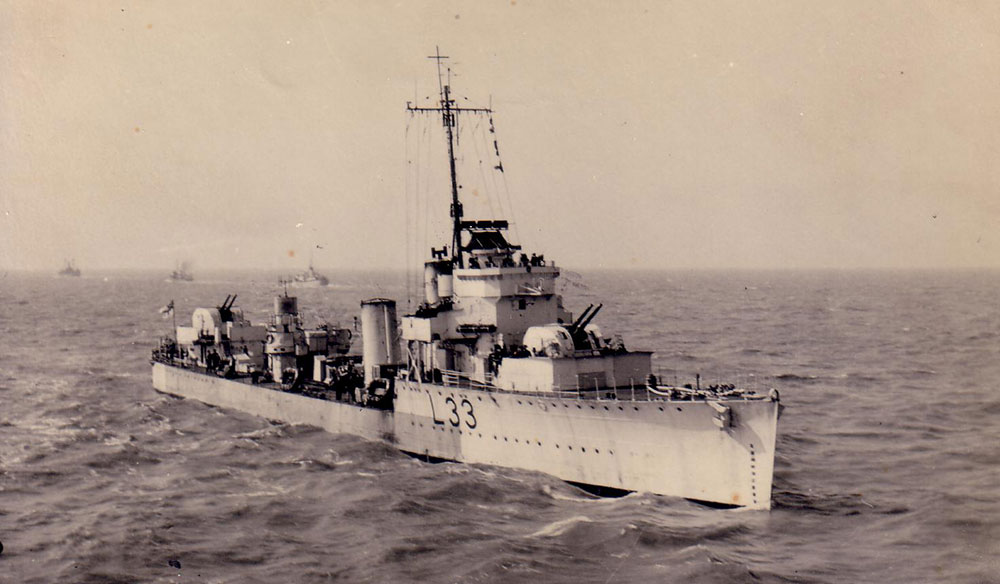
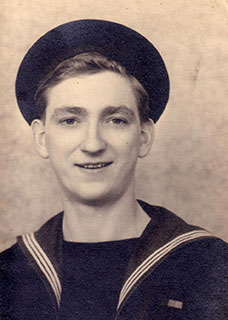
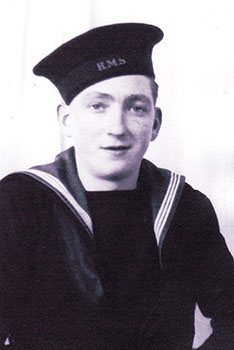 The
photographs illustrating this account of the last months of the war
belonged to AB Arthur Edward Taylor (JX/366159) from Ledbury in
Herefordshire and were sent to me by his son, Andrew Taylor, the
Honorary Curator of The Herefordshire Light Infantry Museum in
Hereford. HMS Vivien was adopted by Bromyard in Herefordshire during Herefordshire's Warship Week in December 1941 and the Admiralty presented Bromyard with the crest of HMS Vivien
mounted on a wooden shield with a plaque recording her adoption. Sadly,
this has been mislaid and I am hoping it will be found before
this year's 80th anniversary of her adoption.
The
photographs illustrating this account of the last months of the war
belonged to AB Arthur Edward Taylor (JX/366159) from Ledbury in
Herefordshire and were sent to me by his son, Andrew Taylor, the
Honorary Curator of The Herefordshire Light Infantry Museum in
Hereford. HMS Vivien was adopted by Bromyard in Herefordshire during Herefordshire's Warship Week in December 1941 and the Admiralty presented Bromyard with the crest of HMS Vivien
mounted on a wooden shield with a plaque recording her adoption. Sadly,
this has been mislaid and I am hoping it will be found before
this year's 80th anniversary of her adoption.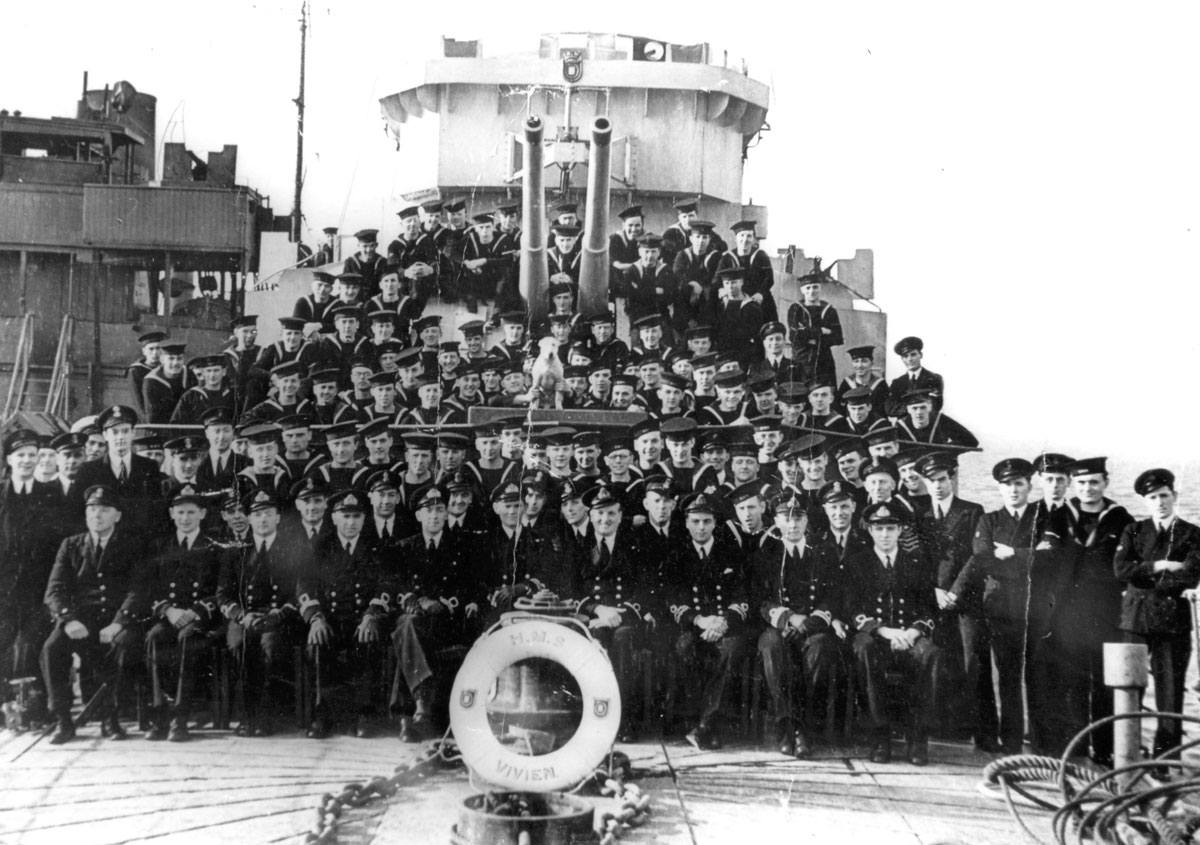
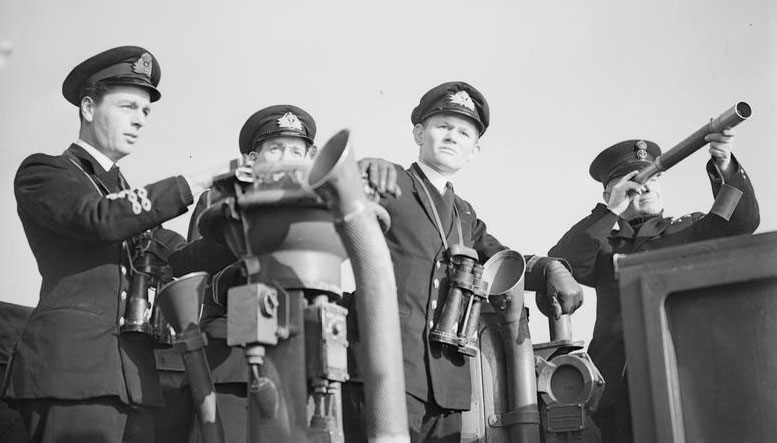
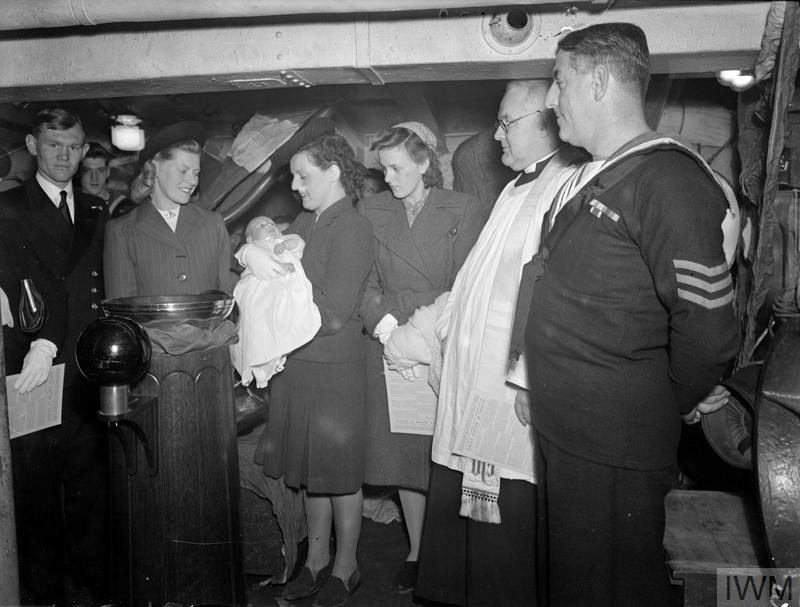
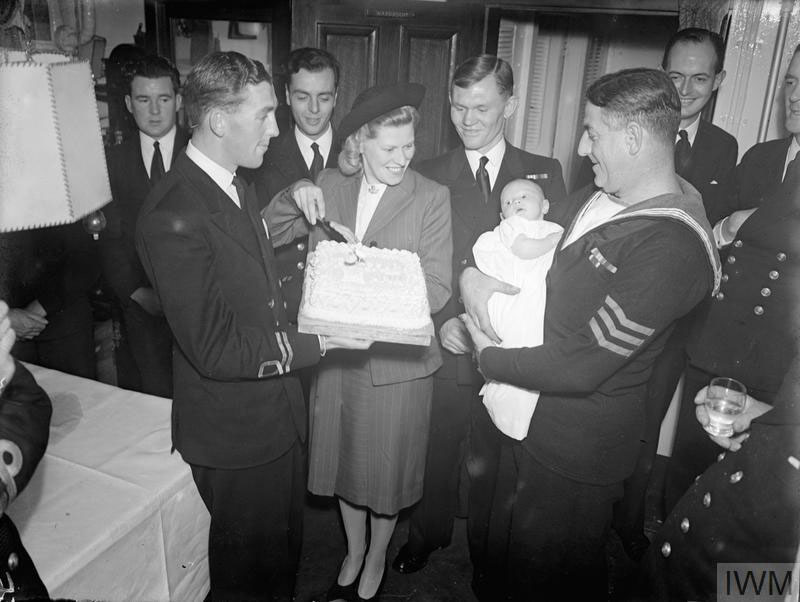
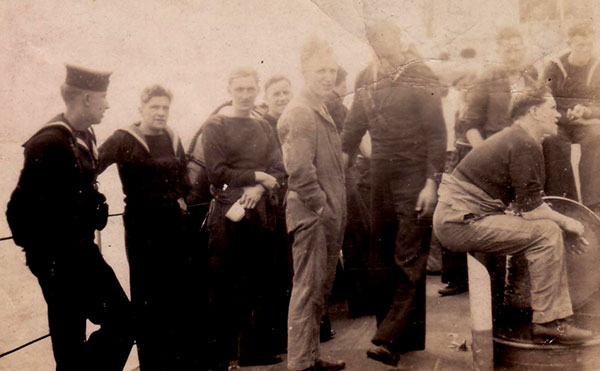
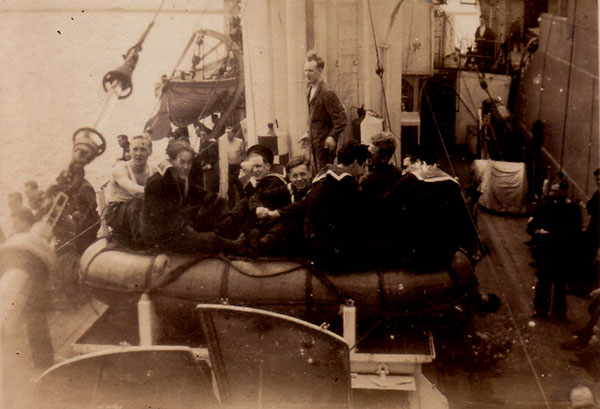
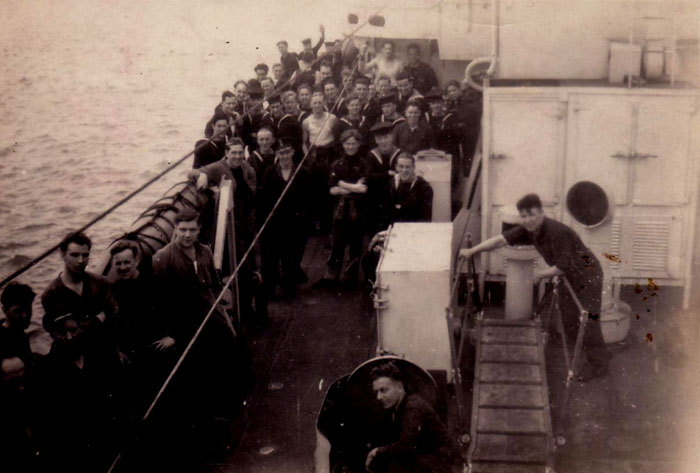
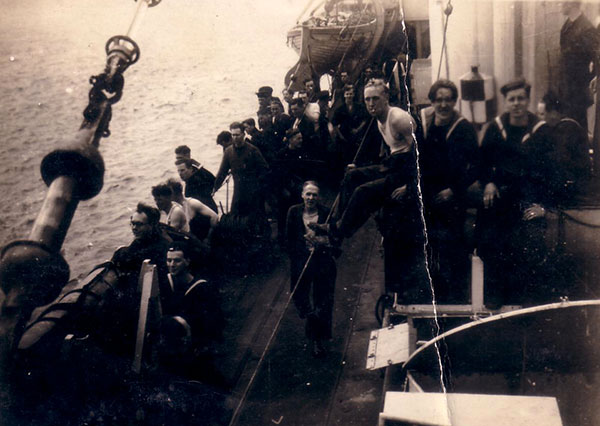
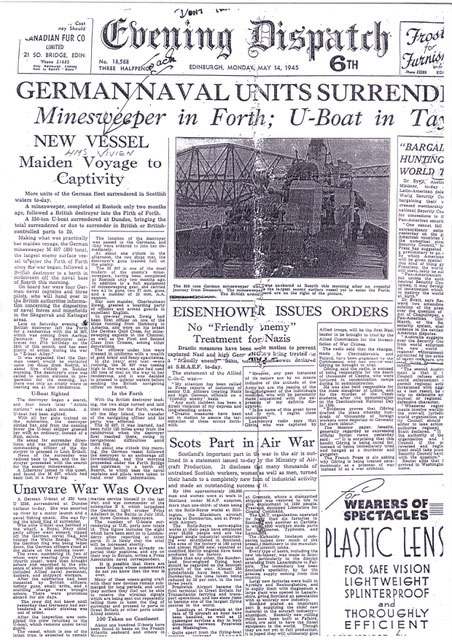






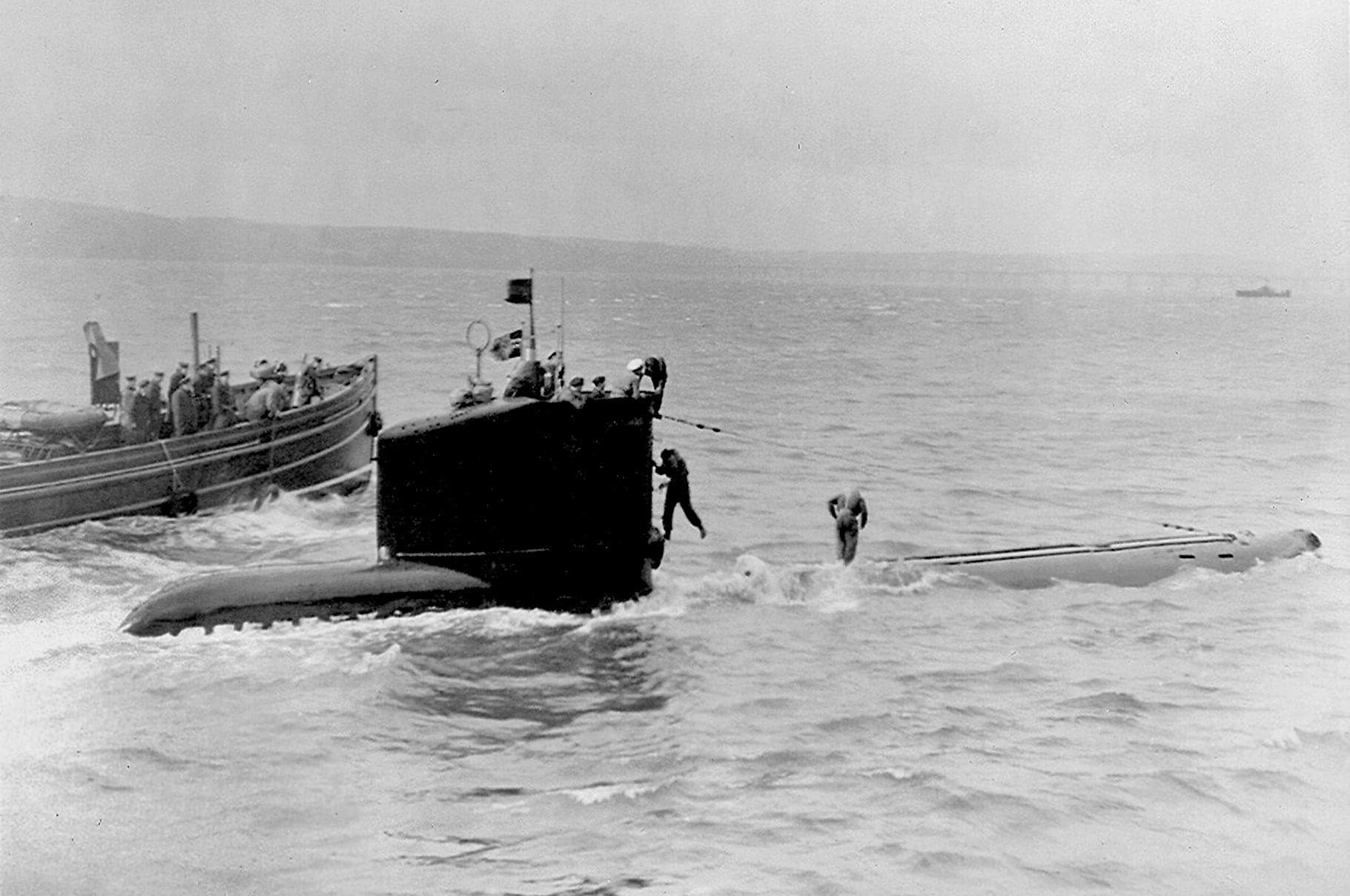
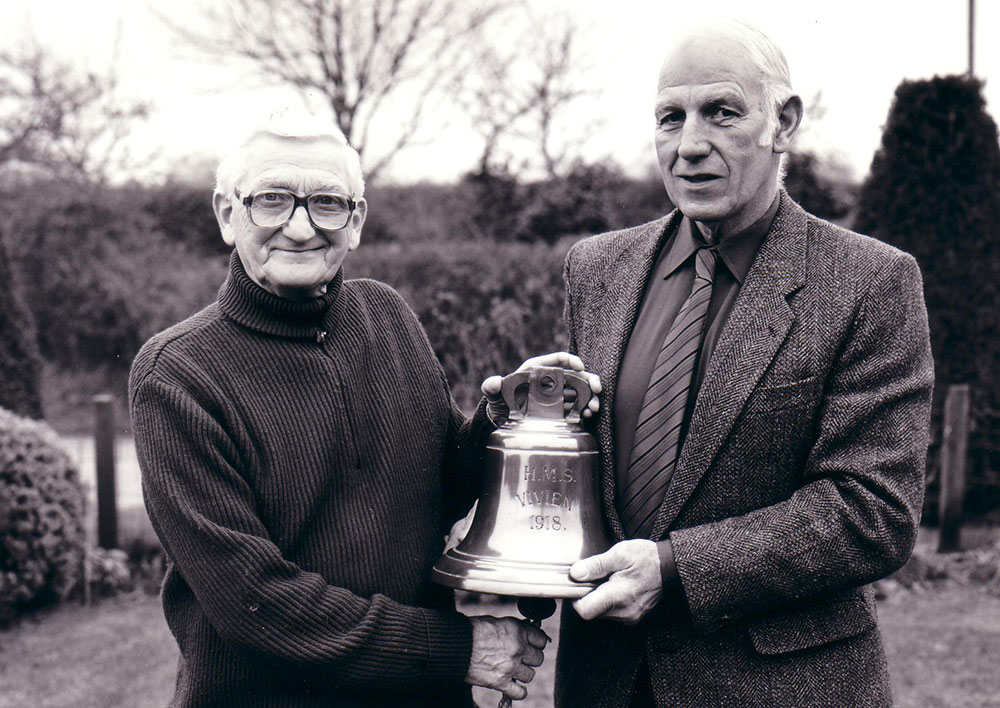
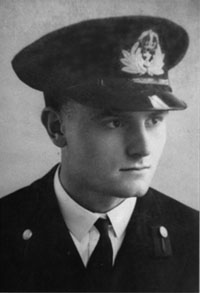
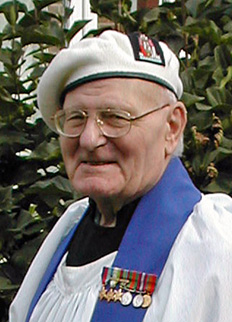 Shipmate John S. Appleby,
the Honorary Secretary of the V & W Association until his death,
died on the 30 August 2011 aged 86. He was born at Colchester on the 29
March 1925 and lived there all
his life with the exception of his wartime service in the Royal Navy.
Shipmate John S. Appleby,
the Honorary Secretary of the V & W Association until his death,
died on the 30 August 2011 aged 86. He was born at Colchester on the 29
March 1925 and lived there all
his life with the exception of his wartime service in the Royal Navy.